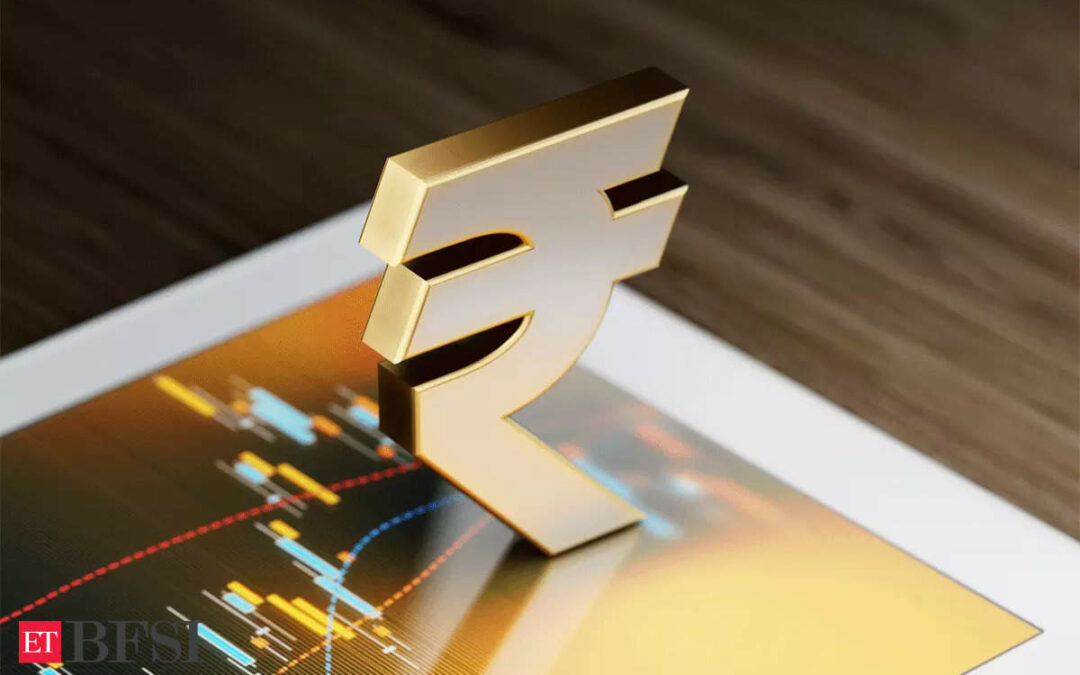Since its launch in November 2022, the e-rupee pilot for government bonds has operated without technical issues. Despite a flawless proof of concept, the only expansion to the wholesale e-rupee pilot has been the inclusion of call money transactions. The application of e-rupee in government securities remains limited to secondary market transaction settlements, according to reports.
Both pilots involve nine banks, with State Bank of India, Bank of Baroda, Union Bank of India, HDFC Bank, ICICI Bank, Kotak Mahindra Bank, YES Bank, IDFC FIRST Bank, and HSBC participating in the government securities pilot. The call money pilot, launched in October 2023, includes Federal Bank instead of HSBC. However, the user base has not expanded, and transaction volumes have declined.
The hurdles
The e-rupee’s use in government securities is reportedly cumbersome. Transactions are settled on a gross basis in ‘T+0’ mode, introducing additional steps compared to the more streamlined net settlement in ‘T+1’ mode on the RBI’s Negotiated Dealing System – Order Matching system.
RBI data indicated that government bonds were traded using the e-rupee pilot only three days in May, following a fortnight of inactivity. Daily trades over the past year have been minimal, with banks often trading token amounts at the RBI’s insistence. In April, transactions through the digital rupee pilot in government securities totaled only 400 million rupees, a sharp decline from the peak of nearly 5 billion rupees daily in November 2022.
The call money pilot’s trade volumes have not been disclosed, but estimates suggest they represent about 10% of the call market’s daily volume of over 10 billion rupees. The call market pilot has seen more activity due to its alignment with the real-time gross settlement in ‘T+0’ mode used by the Clearing Corporation of India.
Looking forward, the RBI plans to explore new instruments like commercial papers and certificates of deposit in future pilots, alongside security tokenization features. However, the secondary market for these instruments is not very active, raising concerns about the viability of such pilots. The RBI may also need to diversify e-rupee issuance beyond banks to include mutual funds and primary dealerships, posing a new technical challenge.











